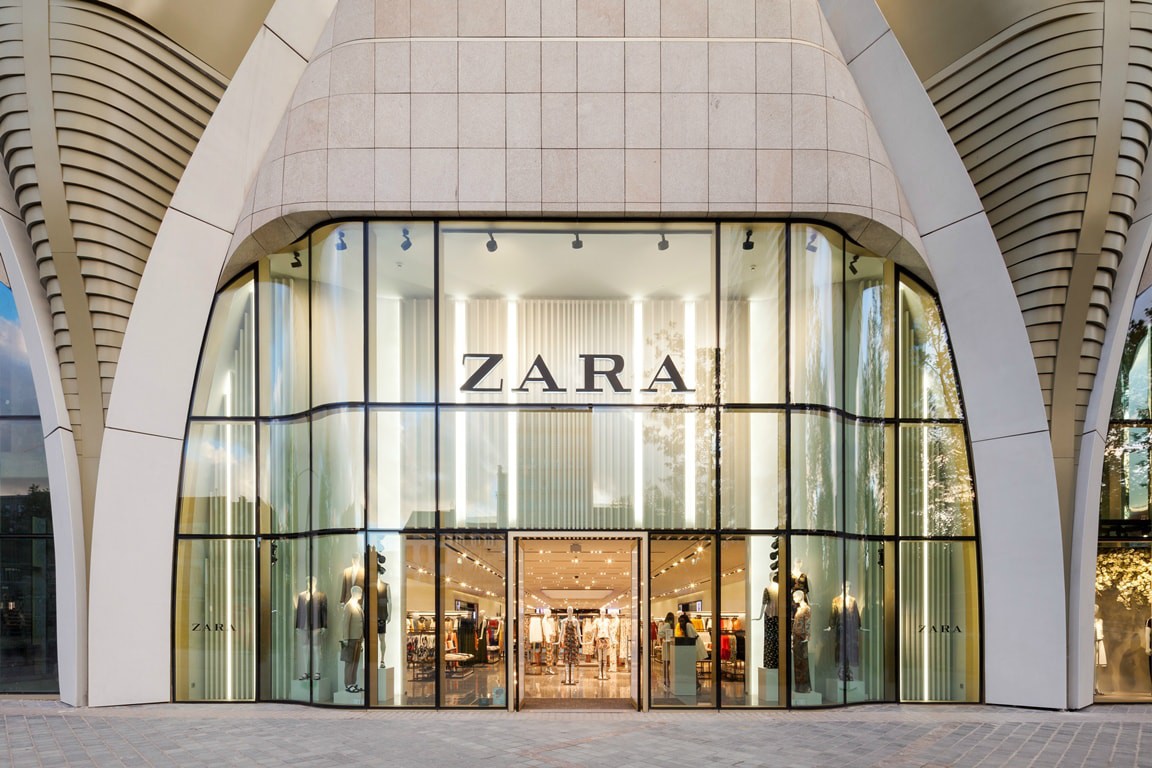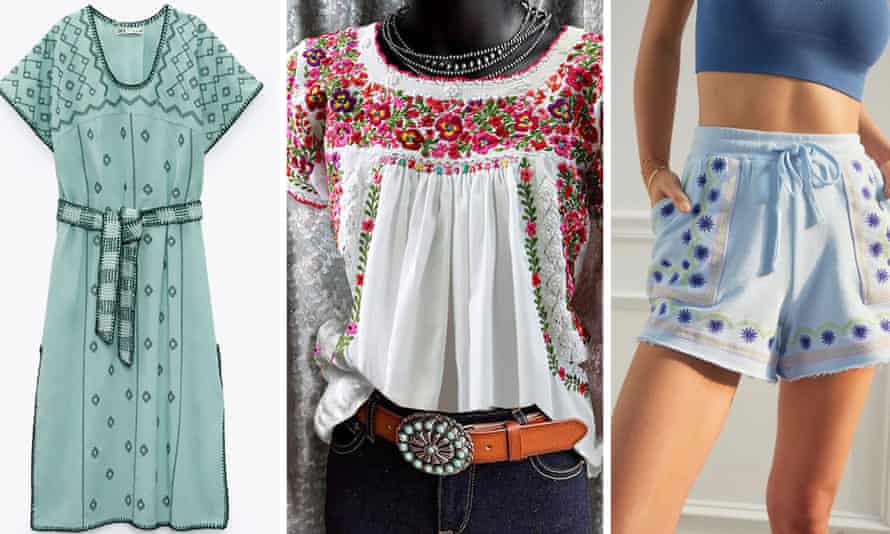Mexico has accused Zara of cultural appropriation, saying the fashion brand has inappropriately used designs important to several Indigenous communities.

The Mexican Cultural Ministry has criticised Zara, alongside Anthropologie and other brands, for wrongly appropriating the Mexican community’s huipil dress. In particular, they have accused the company of appropriating designs from Mixtec people. The dress had significant “ancestral symbols related to the environment, history and worldview of the community”.
Cultural appropriation is the use of elements and objects of a non-dominant culture. They are used in a way that does not respect their origins and can reinforce racial stereotypes. However, critcism on these issues have become more prominent. Criticisms have recently been seen in the changing of Mahjong tile faces, and have also been seen in South Korea.
Collective Property

Signed by Alejandra Frausto, a statement by the Mexican Cultural Ministry asks the company “on what basis they could privatise collective property”. The ministry has called for these companies to compensate the state if they want to continue using these designs. In an interview with WWD, Frauso said that Mexico would no longer accept appropriation of their designs anymore, without appropriate recognition of their origins.
“This is an exercise in ethical fashion that is developing. I think we can prevent this from getting worse, and become aware of the implications this has for various cultures around the world”.
The Mexican Cultural Ministry’s statement goes on to say, “These letters, which have already been sent to the brands, are part of the actions that the Mexican Ministry of Culture has carried out in defense of the cultural heritage of indigenous communities to prevent plagiarism of their identity elements by national companies. and transnational.”
The Guardian has also mentioned how Western brands have consistently taken Indigenous designs, turned them into “boho” designs, and subsequently made thousands of dollars. However, there has yet to be compensation for the poorer communities that design this clothing.
Subscribe to FIB’s Weekly Alchemy Report for your weekly dose of music, fashion and pop culture news!







